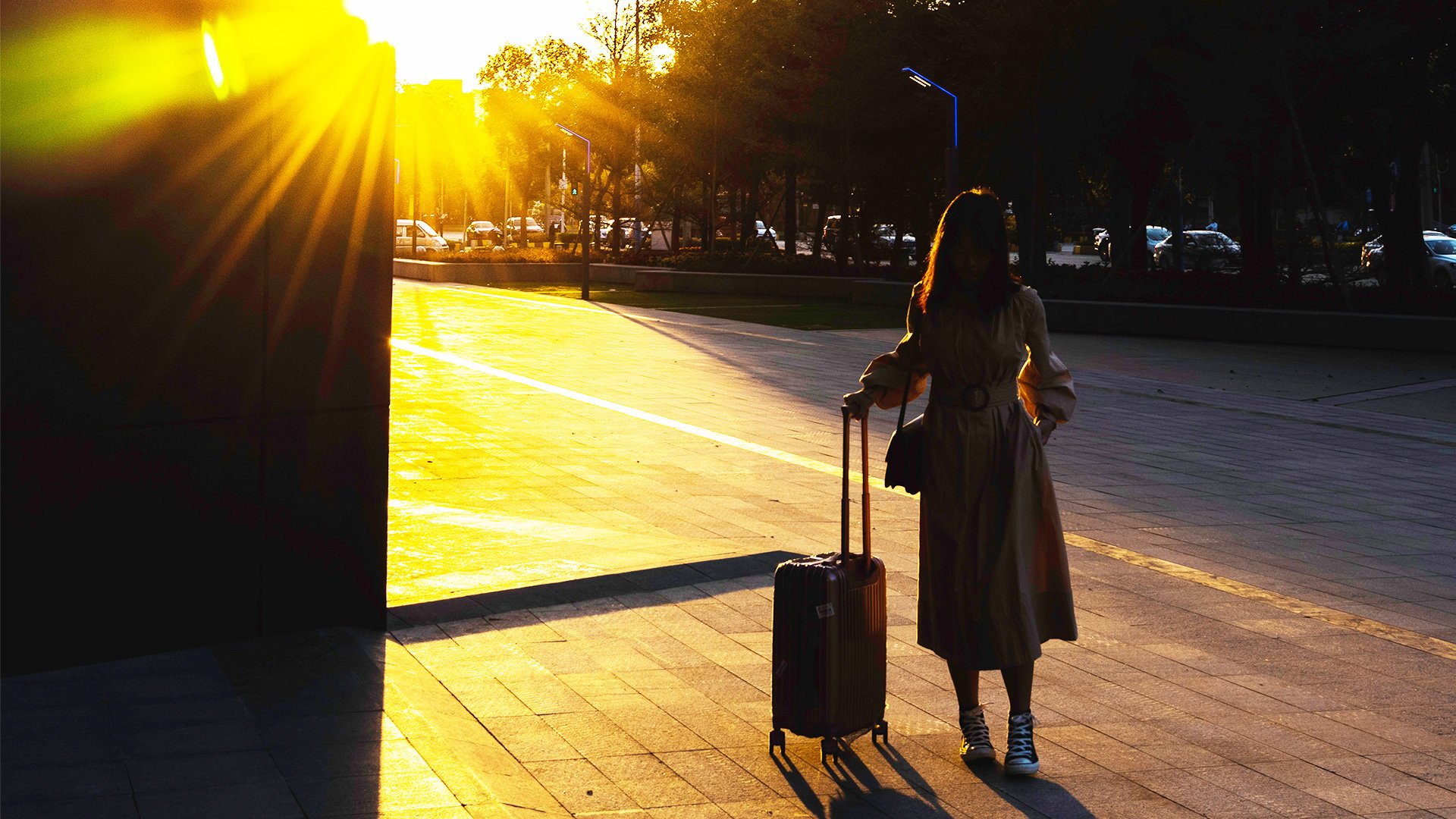No sector in the world has remained immune to the disruption caused by COVID-19, with the travel and hospitality industry amongst the hardest hit. As travel bans against the U.S. continue, it has been predicted that pre-pandemic hotel levels will not recover until 2023 at the earliest. Even so, demand for domestic travel is beginning to return, with the number of online searches for hotels in the U.S. gathering pace. As hotels are increasingly being given the green light to welcome back guests, hoteliers are under pressure to redesign their digital experiences to make post-COVID-19 customers feel safe.
New Customer Expectations
Due to current health and safety concerns, what was once considered a “typical hotel experience” may now be viewed as unsafe by many, as travelers continue to avoid unnecessary human interaction. According to McKinsey, most U.S. leisure travelers are seeking additional health and safety measures in order to get them to travel again, making them highly sensitive and hyper-aware of the overall experience, and the amount of human interactions that were once attributed to good customer service.
Here’s one suggestion. Hoteliers could easily update listings to make it clear to potential guests that they are focused on safety. For example: “Downtown Sheraton — certified safe and secure.” Customers can then see an immediate distinction between those that have taken extra precautions and are certified safe. With the average hotel website conversion rate standing at 2.2% pre-COVID, hoteliers need to find innovative ways to attract new and existing customers.
Customers, particularly connected customers, are now interacting more often with brands through their digital channels and are expecting new guest safety protocols to be communicated in real-time. In this current climate, they will not hesitate to cancel a booking or leave a negative review if their expectations for a superior, and totally safe experience, have not been met.
Creating an End-to-End Digital Experience
Providing an omni-channel experience for today’s connected customers is now the bare minimum. Within this experience-driven sector, a brand’s digital footprint has become their only link to their customers prior to arrival. Each touchpoint of the guest’s journey is expected to coordinate seamlessly, and combine to create a single holistic experience, that leaves no question unanswered.
In consideration of the uncertainty surrounding lockdown restrictions, and travelers’ own preferences, websites and apps will need to offer optimum flexibility when it comes to cancellations. Unexpected, short turnaround times to make booking alterations means new app features will need to be thoroughly and quickly tested, to ensure they can cope under high contact volumes. Consumers crave a simple, yet effective digital experience. Therefore, brands should strive to make their customers’ lives easier through technology and make them feel more at ease when returning to hotels.
Mobile apps have become the most valuable means of communicating with care, and keeping customers up-to-date on restrictions and safety measures. Brands will need to be clear and transparent — before, during and after each stay — in order to reassure guests that their facilities are safe. It could be that one email reminder to customers the day before arrival, or a post-check-out message thanking guests, that will create excitement for anxious travelers. A continuous flow of updates and virtual dialogue with hoteliers’ customer service teams will cultivate trust and enhance customer lifetime value in the “new normal.”
Contactless Hospitality
Contactless elements of the customer experience have also become non-negotiable. COVID-19 has redefined the meaning of “frictionless,” to the point where only 8 percent of guests feel comfortable checking in and out at a public kiosk. This is signaling a need for hoteliers to look for inventive ways to eliminate any physical touchpoint that customers see as risky – whilst remaining customer-centric.
For hoteliers, it’s important to remember that the customer experiences people are now used to are likely digital. Here’s one example: customers used to just walk into the bar and grab a chair. But that’s likely not what many people will want now. They might want to reserve their spot at the bar via an app or website, and have an understanding of what the bar is doing to sanitize their premises before they show up.
To restore public confidence, and encourage more people to make bookings, brands will need to innovate their mobile apps to essentially become a one-stop shop to cater for all guests’ needs virtually. Mobile apps will be the primary, if not exclusive, means for customers to engage with hotel amenities. From room service, to ordering towels or hangars, to communicating with the concierge, or ordering in the gift shop, every aspect of the experience should be accessible from guests’ personal devices, and minimize unnecessary contact.
Apps can also be used to measure customer satisfaction in real time. Why wait until after the stay to ask how a customer’s experience was? Hoteliers will see the value in engaging with customers before the stay, during the stay and afterwards, to boost confidence and enjoyment. This will likely turn a regular customer into an advocate, who refers friends and colleagues and leaves positive ratings online.
Roadmap to Recovery
Despite the year’s shortfalls, travel will return. With a recovery set to take longer than other industries, hoteliers will need to use this run-up to recovery to go above and beyond the growing list of customer expectations. By reorienting the end-to-end digital experience, with an emphasis on health and safety, hoteliers can instill public confidence and overcome newfound pain points for post-pandemic travelers.

